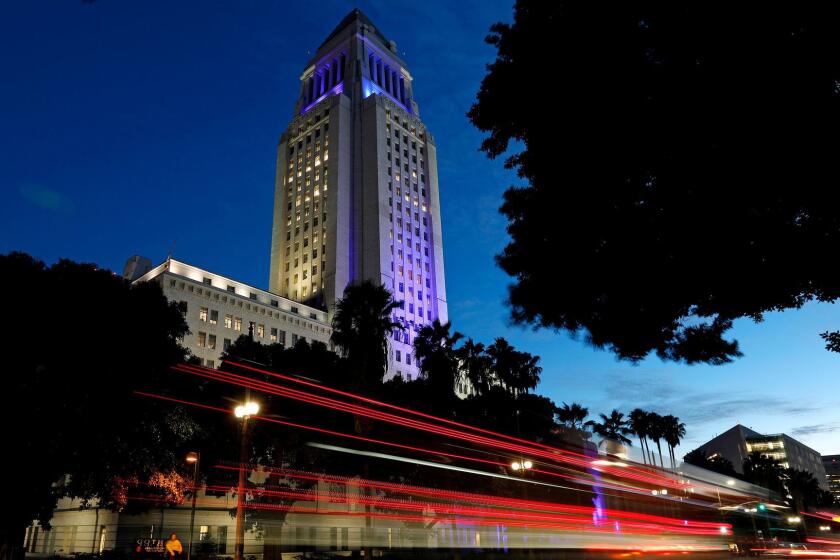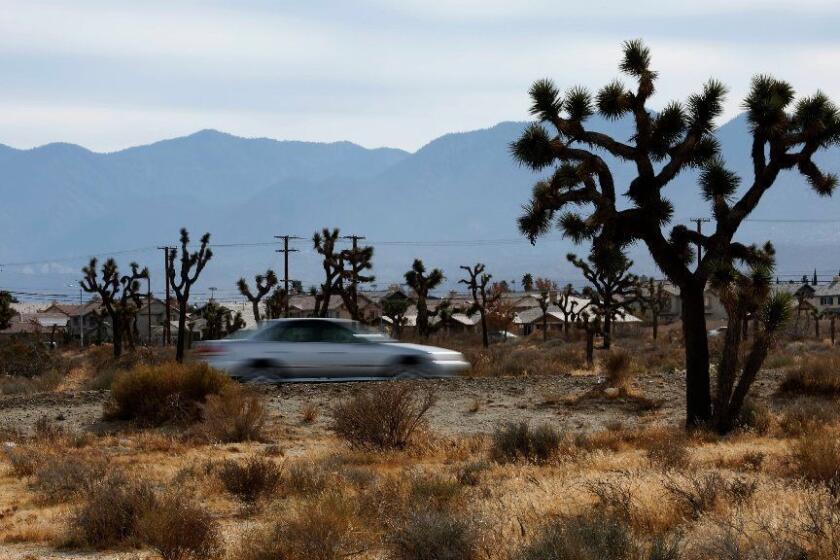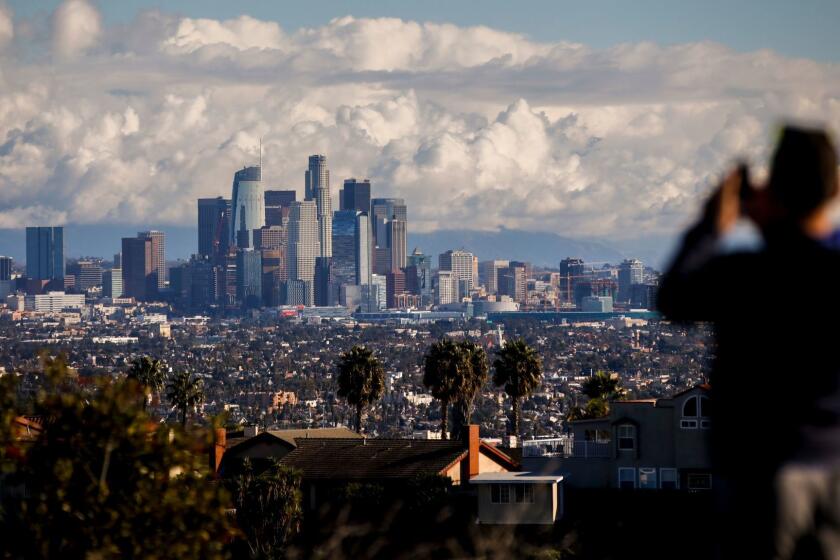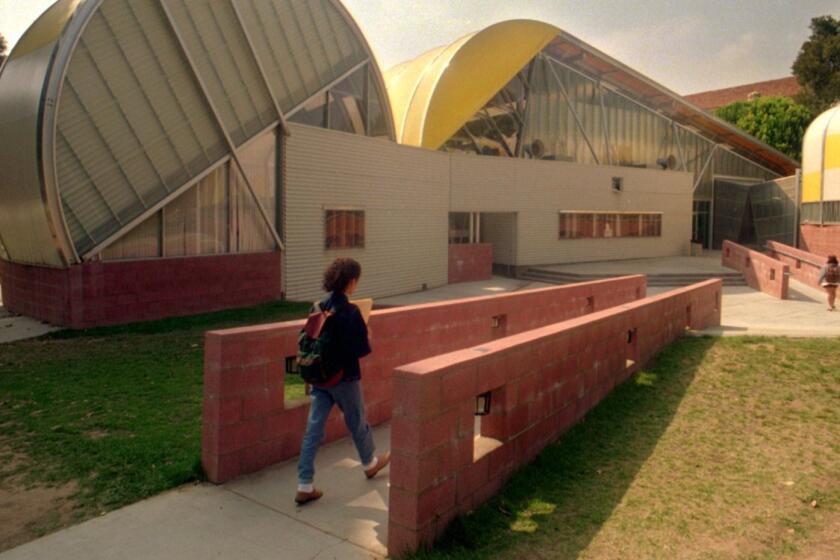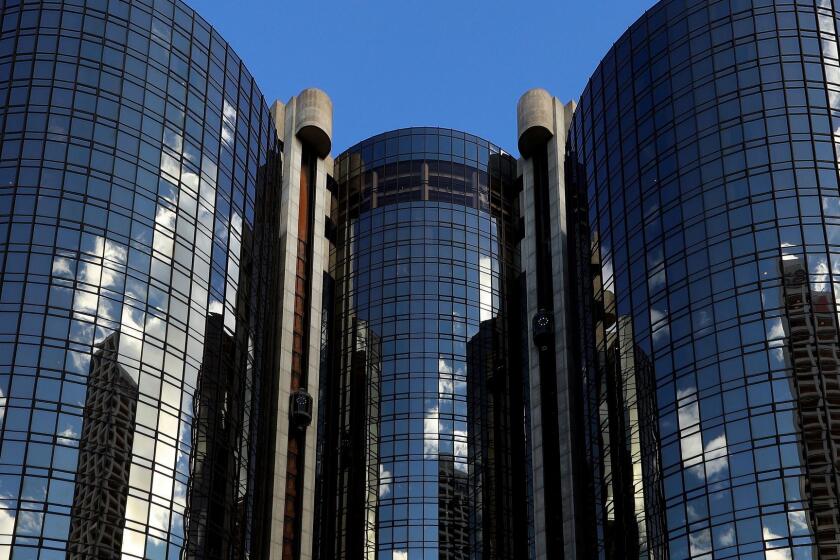
Christopher Hawthorne
Christopher Hawthorne was the architecture critic for the Los Angeles Times from 2004 to March 2018. Before coming to The Times, he was architecture critic for Slate and a frequent contributor to the New York Times. He is the author, with Alanna Stang, of “The Green House: New Directions in Sustainable Architecture.” Hawthorne grew up in Berkeley and has a bachelor’s degree from Yale, where he readied himself for a career in criticism by obsessing over the design flaws in his dormitory, designed by Eero Saarinen.
Latest From This Author
As the architecture critic for The Times since 2004, I’ve filed stories from Japan, Colombia, Portugal and the United Arab Emirates, among other spots around the globe.
If no one in 2018 would argue, as a young writer named David Brodsly did in 1981, that the “L.A. freeway is the cathedral of its time and place,” or that it’s the spot where Angelenos “spend the two calmest and most rewarding hours of their daily lives,” as British architectural historian Reyner Banham put it with almost laughable enthusiasm a decade earlier, there’s no doubt that both the practical and metaphorical meanings of the freeway continue to preoccupy Southern Californians.
This column touched last week on the well-worn idea, revived most recently by the New York Times, that Los Angeles has an unusually weak set of civic institutions and a correspondingly spotty philanthropic record.
This is not going to be a column about all the things the New York Times got wrong about the Los Angeles Times in its recent front-page story by Tim Arango and Adam Nagourney, “A Paper Tears Apart in a City That Never Quite Came Together.”
The architectural nostalgia that poured into nearly every corner of Major League Baseball a generation ago, uncorked by the opening in 1992 of Baltimore’s willfully eccentric and doggedly old-fashioned Camden Yards, did very little to change the look of football stadiums.
Architects, like journalists, are fond of giving themselves awards.
As a tribute to John Portman, the architect and developer who died Dec. 29 at age 93, I decided to spend a few hours on New Year’s Day afternoon inside the famously labyrinthine and cinematic interior spaces of his Westin Bonaventure Hotel in downtown Los Angeles.
